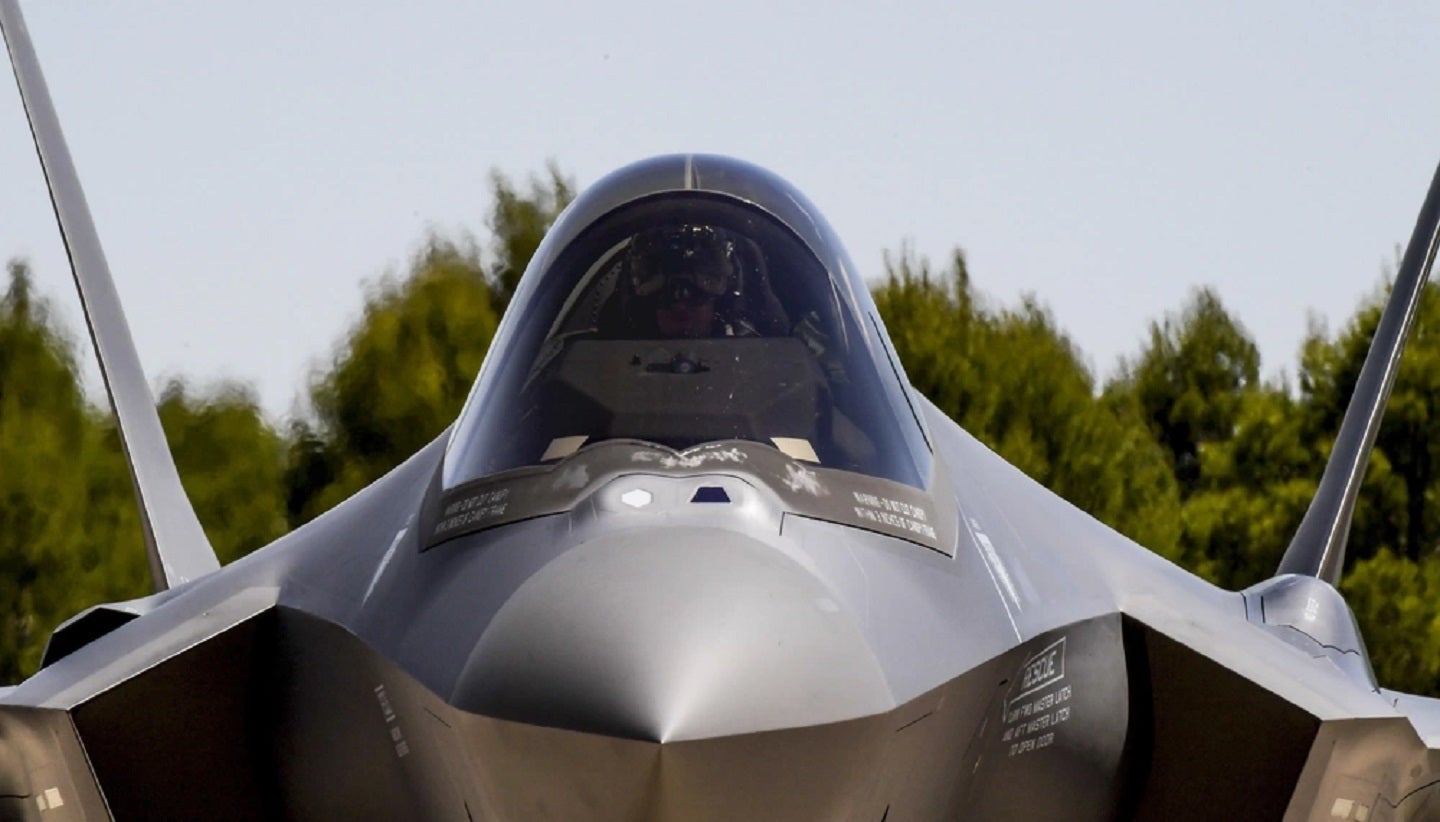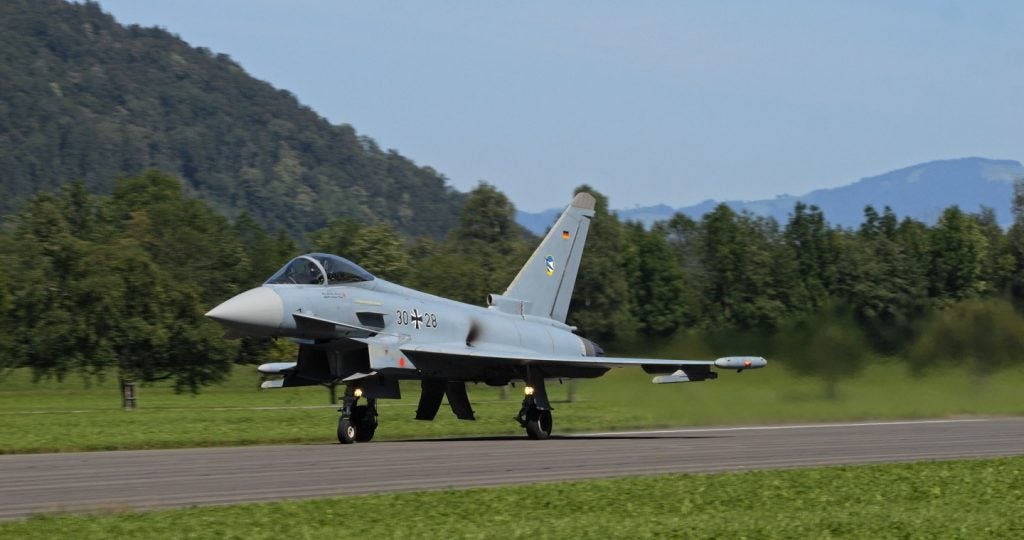
The US and its allies have big plans to enhance the F-35 Lightning II fighter jet with sophisticated upgrades throughout its life. However, the problem is that the programme is too costly, problematic and late.
The US Government Accountability Office (GAO) published a report on 30 May that found that the US Department of Defense (DoD) has neglected to take important steps to evaluate the development of the world’s leading combat aircraft.
The programme is now more than a decade behind schedule and $183bn over original cost estimates.
Currently, the DoD is upgrading jet’s engine and cooling system, but the department has not fully assessed the costs and technical risks of the different options.
It does not plan to manage the upgrades as a separate acquisition programme, which limits Congress’ insight into future cost increases.
The GAO report comes off the heels of a series of problems to come out of the F-35 programme. First, the DoD recently contracted aerospace companies to come up with re-design concepts for certain aircraft, including the F-35, due to a lack of components. Second, the US has lost millions of dollars over the unrecorded loss of F-35 parts, which was caused by a lack of government oversight over the parts.
How well do you really know your competitors?
Access the most comprehensive Company Profiles on the market, powered by GlobalData. Save hours of research. Gain competitive edge.

Thank you!
Your download email will arrive shortly
Not ready to buy yet? Download a free sample
We are confident about the unique quality of our Company Profiles. However, we want you to make the most beneficial decision for your business, so we offer a free sample that you can download by submitting the below form
By GlobalDataExcessive cost
The first problem the GAO found was that “the cost reporting mechanisms do not fullly explain the reasons for cost growth.”
The DoD is five years into modernising F-35 capabilities. This effort is known as Block 4; it is experiencing delays for important technology updates. Block 4 costs grew to $16.5bn, and increase of more than $1bn since the GAO last reported.
The DoD does not distinguish higher-than-expected costs for previously planned Block 4 capabilities from growth due to adding new capabilities. Consequently, Congress does not have a complete picture of escalating modernisation costs.
Engine problem
The second problem the GAO found is that “the cooling system is overtasked, this requires the engine to operate beyond its design parameters.”
The US is exploring options to modernise the engine and thermal management system that is used to cool aircraft subsystems that generate heat.
The DoD has assessed some engine and cooling improvement options but it has not fully defined the requirements for how much future cooling the aircraft will need.
By obtaining this key information, the department and the services would be more informed about the future performance, cost and technical implcations of the programme.
Delays
The final problem the GAO found was that programme delays in completing the F-35 simulator prevents the DoD from finishing the testing needed to demonstrate that the F-35 is ready for full manufacturing rates, even though the programme is already producing over 125 aircraft per year.
The F-35 programme’s total procurement costs have increased by $13.4bn since the last cost estimate in 2019. This is partly due to the DoD spreading out aircraft purchases and adding years to its delivery schedule. Contractors also continue to have challenges with delivering aircraft and engines on time, but they are working to address these issues.






